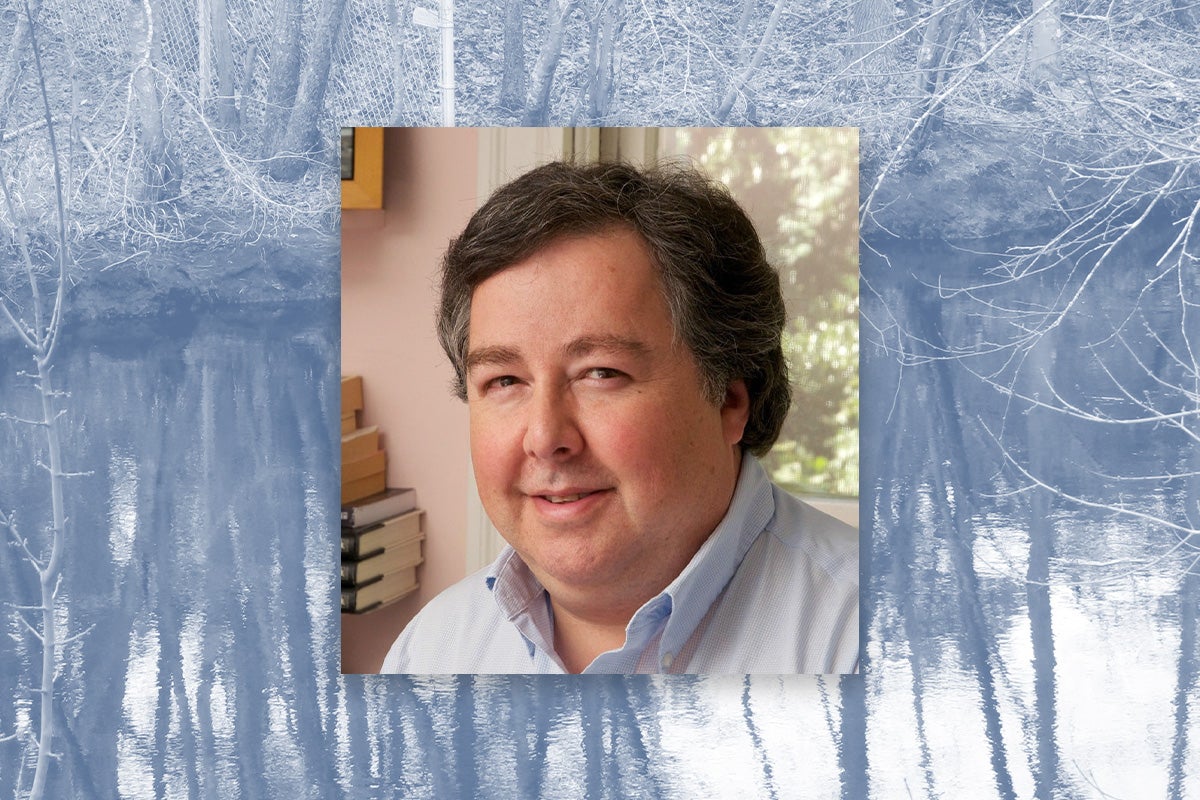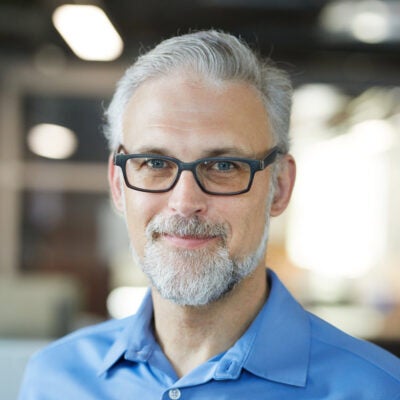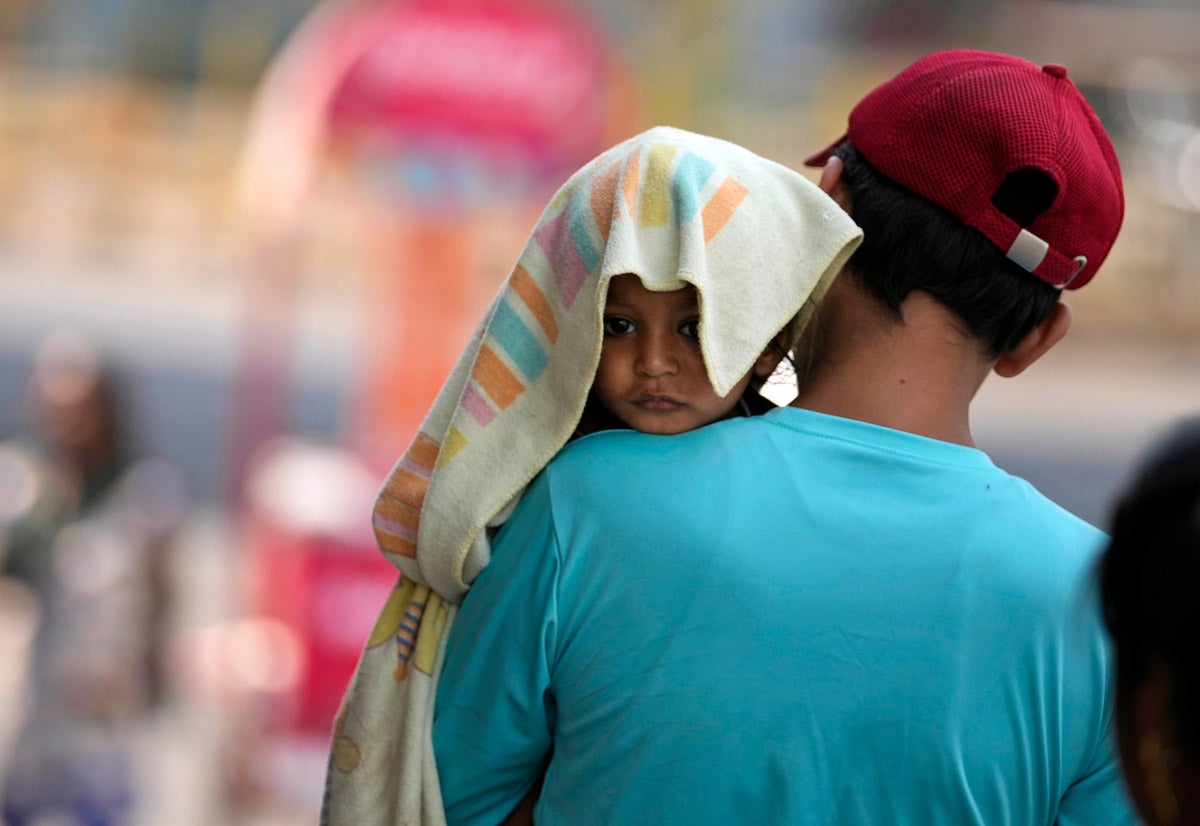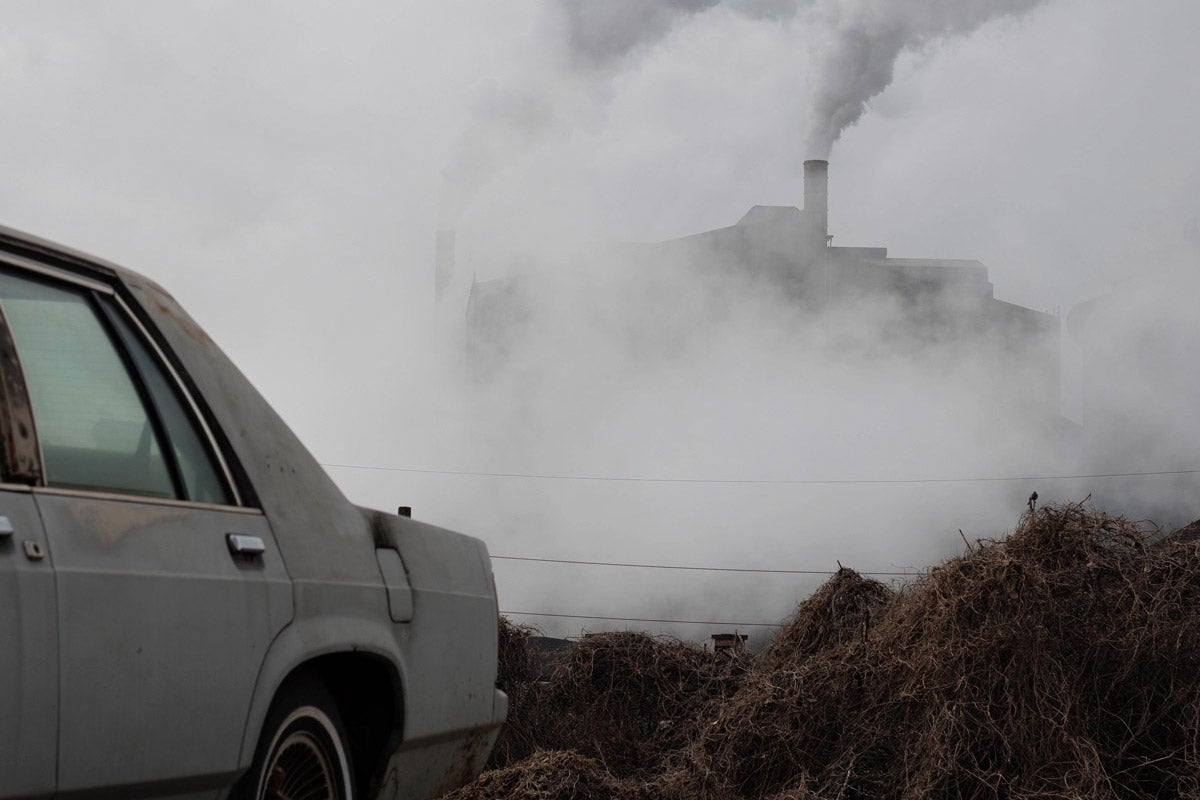
Book
A famous cancer cluster, 10 years later
Dan Fagin’s 2013 book Toms River: A Story of Science and Salvation became a bestseller and won the Pulitzer Prize for General Nonfiction. In it, Fagin explored the relationship between environmental exposures and cancer and chronicled what at the time was only the second corroborated cancer cluster in a U.S. residential area, about 40 miles east of Trenton, along New Jersey’s coast. Fagin had written repeatedly about the problems of environmental health while a reporter at Newsday. “When you’re the environmental writer [in a] place that doesn’t have a lot of wide-open spaces, you’re often writing about the alleged connections between environmental exposures and disease,” he says. “We constantly hear, ‘Why are so many people sick at the place that I work, in the post office or on my block?’”
Sign up for Harvard Public Health
Delivered to your inbox weekly.
Fagin, who directs the Science, Health & Environmental Reporting Program at New York University’s Arthur L. Carter Journalism Institute, spoke with Harvard Public Health editor-in-chief Michael Fitzgerald about Toms River 10 years on.
This interview was edited and condensed.

Dan Fagin
HPH: You were looking at only the second residential cancer cluster confirmed in the U.S., the other one being in Woburn, Massachusetts—the one that led to A Civil Action. Have we seen any more of these kinds of cases since your book came out?
Dan Fagin: There have definitely been other residential clusters since then. The famous one in the Acreage in Florida, [and there were] a couple out West. But it’s really a very difficult problem. These diseases almost always have multiple risk factors. They have a long latency period. It’s very tough to go back in time and try to figure out what might have been the triggering event or events. We don’t have good record keeping abilities, especially in a residential setting. And the biggest problem of all is that even a major cancer cluster is still relatively few cases. So you have this small-numbers problem, like an opinion poll where only a few dozen people stand for a large city. You have great uncertainty.
HPH: In the book, there’s frustration with the tools that we have to look at chronic diseases. Is it any more satisfying now, from the perspective of what science can tell us?
Fagin: When you’re talking about epidemiology, you’re talking about probabilities, which means you’re not really going to be dealing in causality, in certainties. Members of the public have a hard time with that, especially families who have lost a loved one, or who have seen loved ones suffer. They want to know, “Why did my kid get sick?” And epidemiology under almost all circumstances cannot tell you that. It can only tell you about the probabilities. But from a public health standpoint, it’s hugely helpful. And that’s actionable information. When the authorities in Toms River acted on that information, public health improved. Part of my job is to make people understand we don’t have to have perfect certainty in order to have useful information.
HPH: In the book, health officials did a very bad job of communicating. Are you seeing better public health communication these days?
Fagin: Early on, state and local officials did everything wrong. They tried to keep information secret, which just inflames people and makes them feel like, “well, obviously, they’re hiding something important from us.” They dumbed down the information. They kept telling people, “this is no big deal. You’ll be fine,” and that’s not good communication strategy. You have to level with people about what you know and what you don’t know, and show them respect. Eventually that did happen in Toms River. By the time the epidemiological study was really hitting its stride, the state had a communications team in there. And they really did a good job explaining how epi studies work and walking the community through it. There was [and is] a community advisory committee. One of the many good things that came out of the Toms River process was that the State of New Jersey got a lot more sophisticated and effective in the way that it talked about environmental hazards.
HPH: Toms River feels to me like it should still be resonating culturally in the way Silent Spring did. I’m not sure that’s true, 10 years on.
Fagin: If we’re measuring ourselves by the impact of Silent Spring, we will all fail. That was the most influential book of the 20th century, in my opinion. It was perfectly timed, beautifully written, and was really shocking to a broad swath of society. I write books, including this book, because I want to depict reality in all its nuance. If things change as a result of my work, I’m thrilled. But it’s not really why I write books.
HPH: In Toms River, the default perspective by companies, regulators, and health officials seems to be, “It’s going to be too hard for us to fix this and too expensive.” It’s almost like it’s better for them to be irresponsible because they’re unlikely to get caught. Has that changed?
Fagin: Am I seeing some kind of fundamental reassessment of how governmental entities deal with cancer epidemiology? No way. I’m not disappointed because I never really expected that. Even in societies that are much better at doing epidemiological surveillance—Sweden is a great example—they don’t proactively spend much time going out and analyzing chronic disease patterns and looking for causality.
HPH: During your reporting, funding for efforts that helped piece together the risk factors in Toms River start to dry up. That gets at a broader issue with public health: Sometimes, even when things work well, they end up losing funding. Is this some facet of the way we look at public health, at least in the U.S.? We fund in crisis and stop funding when the crisis is over?
Fagin: It’s absolutely true. But it’s not only about public health. Democracies are not very good at addressing quiet crises, until they get noisy. We are like the fire marshal who goes in after the fire and tries to figure out what happened. What we really need to be is like a fire inspector who goes in and looks for risk before the house burns down. We’re just much better at the forensics part than we are at the prevention part, and the reason is pretty clear: Prevention is a hell of a lot more expensive. In a democracy, there’s always going to be competing demands for public dollars. And this [public health] is not a particularly high priority for most voters.
HPH: A lot of the scientists mentioned in the book—people who have been important for helping us understand the risks of toxins—are abrasive. They’re difficult people. Is that a pro or a con for public health?
Fagin: I think there’s a Venn diagram with a lot of overlap between difficult personalities and pioneering conclusions. It’s hard to be the first to do anything. It’s hard to go against the prevailing wisdom of your peers, the people you work for and with. People tend to look at you like you’re a troublemaker. It takes a certain kind of personality to withstand that kind of pressure and still pursue your beliefs. Not all scientists who do interesting work are irascible. But bucking authority is not easy.
HPH: Is there a question I didn’t ask you that you would have liked me to ask you?
Fagin: A lot of people in public health are frustrated that the world doesn’t take their work as seriously as we would like, even after this horrific global pandemic that we just went through. What I would say to them is that I know this work is emotionally taxing. Just remember that the work really is important, and that we have to measure our progress incrementally, as frustrating as that can be. If you bent the arc of the moral universe, like Dr. King said, you’ve done your part, and that’s all that we can do, is do our part. Because if enough of us do that, we see progress.
Top image, background photo: Wayne Parry / AP Photo



